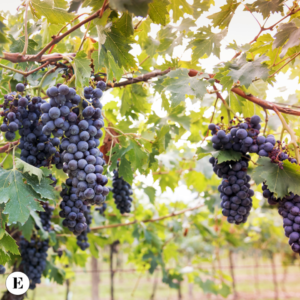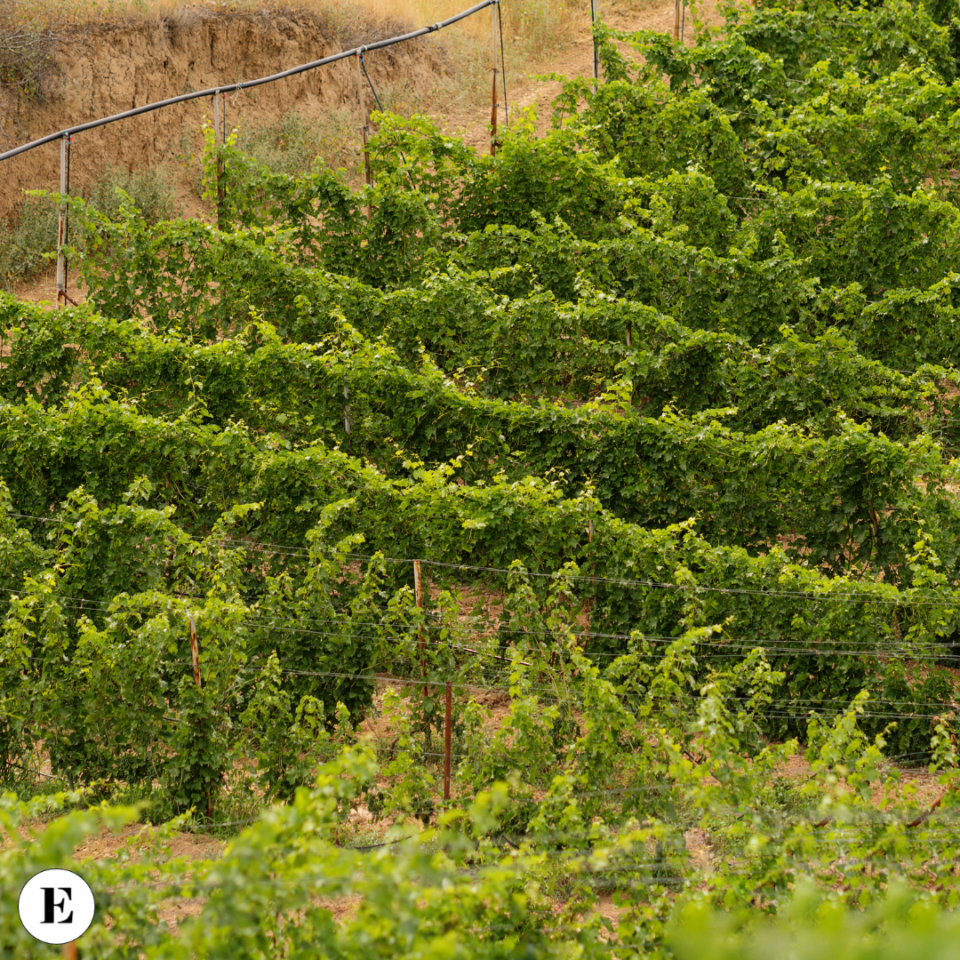Learning about wine
Guyot Cultivation: A Traditional Approach for Modern Vineyards
Guyot cultivation is a traditional viticulture technique that is gaining increasing attention in the world of modern winemaking. This practice, which has ancient origins, is based on a pruning system that optimizes grape production and enhances wine quality. Today, we will explore the fundamental principles of Guyot cultivation, its advantages, and best practices for successful implementation.
What is Guyot Cultivation?
The term “Guyot” is named after a French viticulturist, Philippe Guyot, who perfected this pruning method in the late 19th century. The technique involves pruning a vine in such a way as to leave a main shoot, called the “cordon,” and one or more secondary shoots, known as “spurs.” These shoots are selected and pruned to ensure a balanced production of grape clusters.
Guyot pruning can be divided into two main variants: simple Guyot and double Guyot. In simple Guyot, a single main shoot is left, while in double Guyot, two shoots can be retained. Both methods aim to improve the plant’s exposure to sunlight and facilitate air circulation, contributing to healthy vine growth.
Advantages of Guyot Cultivation

One of the main advantages of Guyot cultivation is the ability to better control grape production. Through this technique, vintners can manage the number of clusters per plant, reducing the risk of overproduction and ensuring a higher concentration of nutrients in the remaining clusters. This is particularly important for producing high-quality wines, where the balance between quantity and quality is crucial.
Additionally, Guyot pruning also enhances the overall health of the plant. Its open structure allows for better ventilation and optimal light exposure, reducing the risk of fungal diseases and other humidity-related issues. This sustainable approach aligns perfectly with organic and biodynamic viticulture practices, which are increasingly demanded by consumers.
Best Practices for Implementing Guyot Cultivation
To achieve the best results from Guyot cultivation, it is essential to follow some key practices. First, the choice of grape variety is crucial: some varieties like Merlot and Chardonnay adapt better to this system than others. It is important to select varieties that respond well to pruning and can benefit from increased light exposure.
Secondly, pruning must be executed precisely and timely. Winter pruning is the ideal time to shape the plant, while summer pruning can be used to remove any unwanted shoots and improve cluster quality. Finally, it is essential to continuously monitor the health of the plants and make any necessary adjustments to cultivation practices based on climatic conditions and the specific needs of the vines.
In conclusion, Guyot cultivation represents an effective and sustainable method for vineyard management, offering advantages in terms of both wine quality and plant health. With proper implementation, this traditional system can become a fundamental element in modern viticulture.
ciao
Monica





